Splitting Lovage Herbs: Tips For Lovage Plant Division
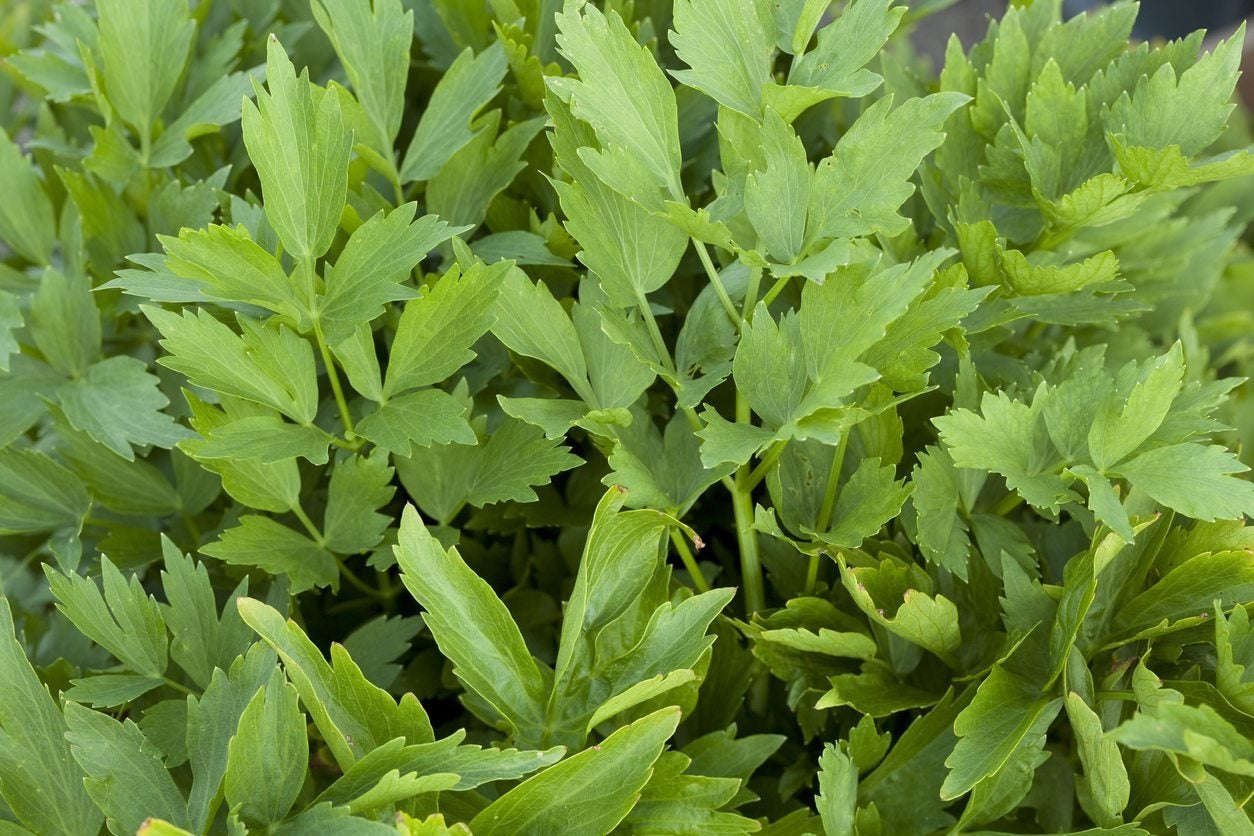

Once a common sight on the spice rack, lovage is an undervalued old-fashioned perennial herb. Lovage leaves can be used fresh in salads or stews; their taste is described as a cross between celery and parsley. The leaves and seeds are also dried and ground for use as a spice. Besides its culinary uses, lovage has been used as a medicinal herb to treat kidney stones, breathing problems, allergies, acne, and joint and muscle pain. Trying lovage in the herb garden may be as simple as asking a friend for a lovage plant division. Read on to learn how to divide lovage plants.
Dividing Lovage Plants
Lovage is a perennial herb in zones 3 to 9. The plants can grow 3 to 6 feet (1-2 m.) tall and may form large colonies as they naturalize in a location. Due to this, many gardeners consider lovage be too large and invasive for the average herb garden. However, splitting lovage herbs every two or three years can help keep them and their size under control. With age, lovage can lose its flavor and potency. Dividing lovage plants helps retain the flavor and herbal properties. While its leaves and seeds are used for seasoning, lovage roots are used for herbal remedies too. All parts of the herb lovage are rich in vitamin C and vitamin B complex, but fresh young roots hold the highest concentrates of the plant’s herbal benefits. Lovage roots can be harvested and divided annually.
How to Divide Lovage Herb Plants
Lovage plants have large, vigorous root systems with long, thick taproots. In late fall or early spring, these roots can be dug up to harvest and divide. In spring, dig up plants before they leaf out. When dividing in fall, cut back any remaining stems. With a spade, cut a circle around the plant. Then the plant can be gently lifted out with a garden fork. Remove all excess dirt from the roots and pull them apart. Harvest roots for herbal use, if desired, and then plant the divisions as you would any other plant. Water divisions thoroughly and regularly for the first few weeks. An initial watering with a rooting fertilizer can help the lovage plant divisions settle into their new location.
Gardening tips, videos, info and more delivered right to your inbox!
Sign up for the Gardening Know How newsletter today and receive a free copy of our e-book "How to Grow Delicious Tomatoes".
-
 Moody Blooms For Spring: 8 Types Of Black Flowers To Add Drama To Spring Displays
Moody Blooms For Spring: 8 Types Of Black Flowers To Add Drama To Spring DisplaysFrom midnight burgundies to inky violets, several types of black flowers can enrich and embolden a spring display. Try these brooding bloomers for a moody garden
By Tonya Barnett
-
 My Homemade Orchid Fertilizer Always Brings More Blooms – Here's The Easy Recipe That Transforms Plants
My Homemade Orchid Fertilizer Always Brings More Blooms – Here's The Easy Recipe That Transforms PlantsScientist-turned-gardener Mary Ellen Ellis shares her tried-and-tested DIY orchid fertilizer recipe, plus more ingredients to try for healthy, happy plants.
By Mary Ellen Ellis
-
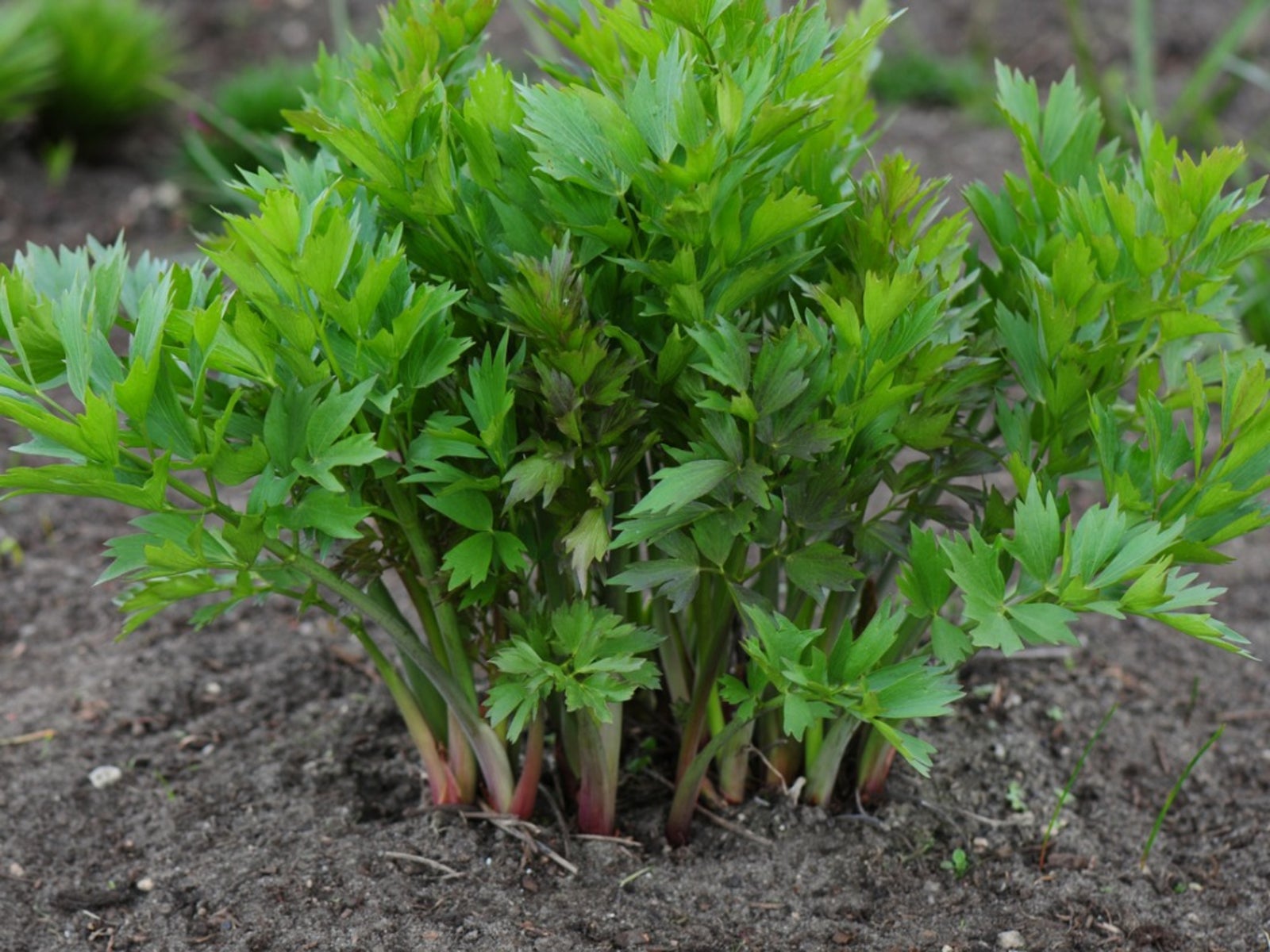 Lovage Plant Illness: How To Manage Diseases Of Lovage Plants
Lovage Plant Illness: How To Manage Diseases Of Lovage PlantsLovage is popular as an ingredient in southern European cuisine. Because gardeners who grow it depend upon it for cooking, it's especially sad to see it showing signs of disease. Click here to learn more about problems affecting lovage and how to treat them.
By Liz Baessler
-
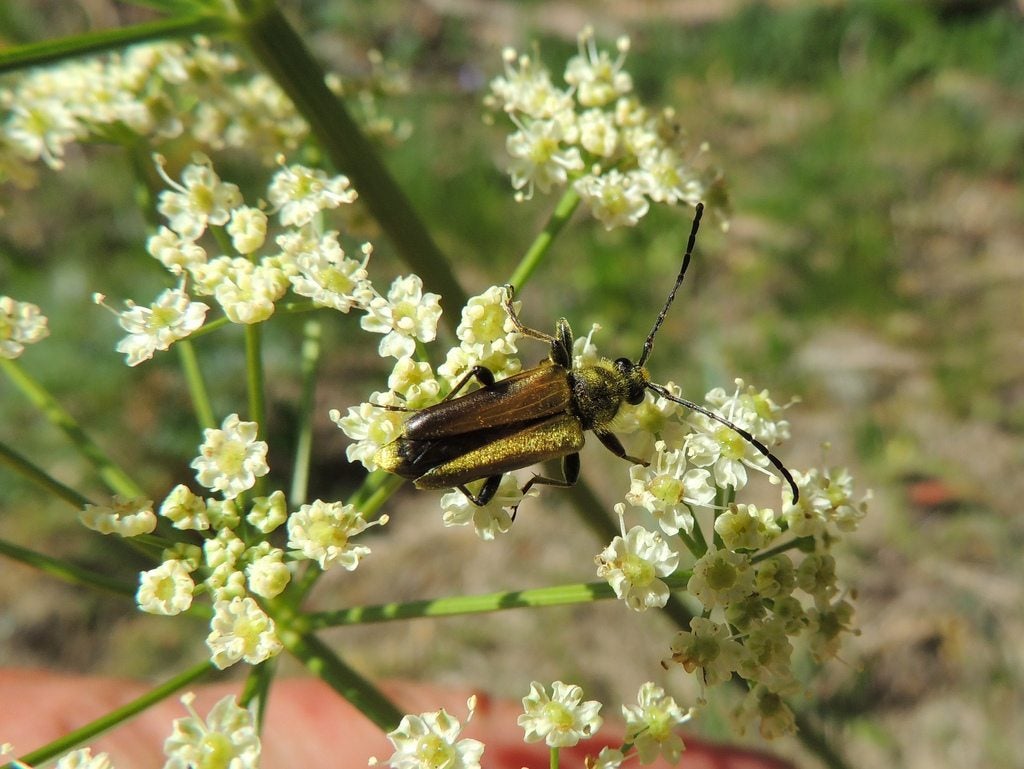 Lovage Pest Management – How To Treat Common Pests Of Lovage
Lovage Pest Management – How To Treat Common Pests Of LovageLovage is a hardy perennial herb that is native to Europe but naturalized throughout North America, too. Because of its usefulness, it is especially upsetting to find it infested with pests. Learn more about bugs that eat lovage and tips for lovage pest management here.
By Liz Baessler
-
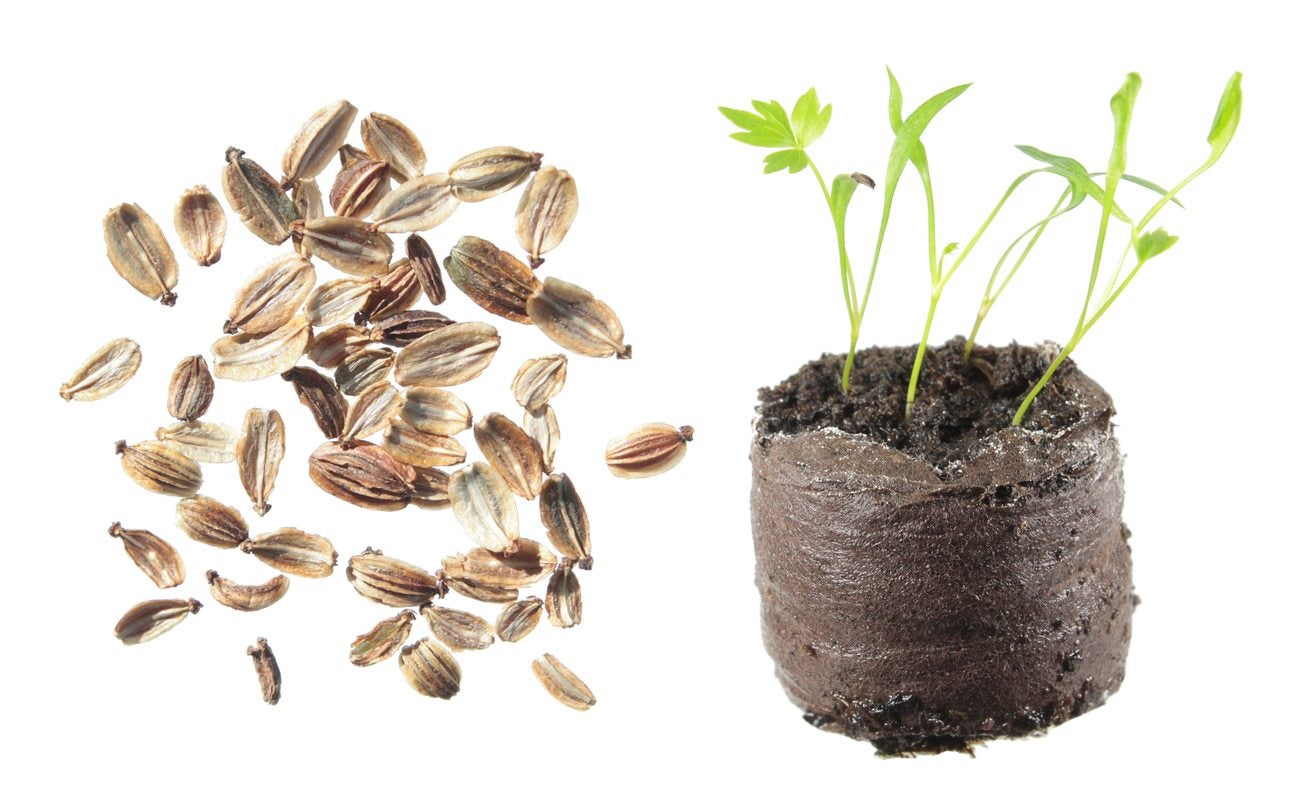 Seed Grown Lovage Plants – How To Grow Lovage From Seeds
Seed Grown Lovage Plants – How To Grow Lovage From SeedsSeed grown lovage makes for a gorgeous perennial herb that is a great addition to any herb garden. Interested in growing lovage plants from seed? Read on to find out how to grow and when to sow lovage from seeds.
By Amy Grant
-
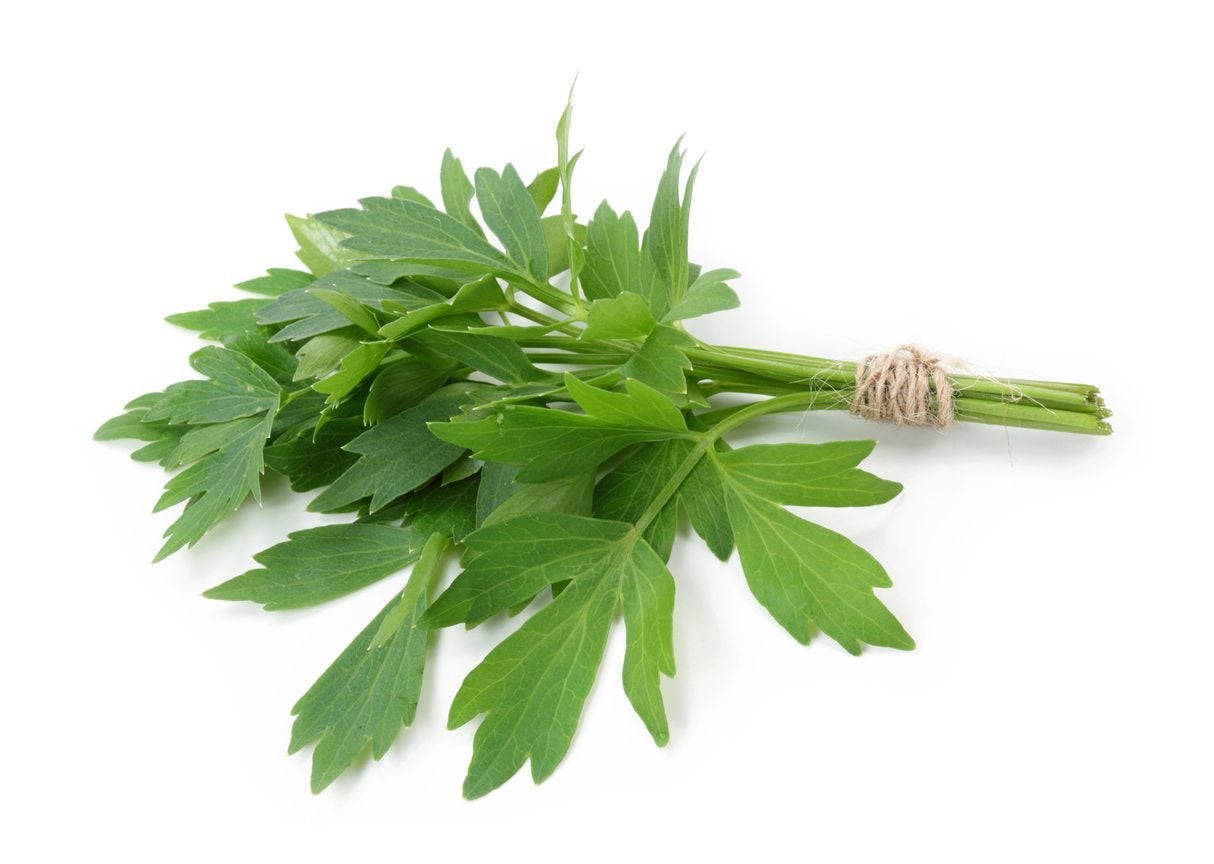 Benefits Of Lovage Herb : What To Do With Lovage Plants
Benefits Of Lovage Herb : What To Do With Lovage PlantsLovage doesn't have a very strong flavor and, for that reason, has been put in the back seat compared to parsley, but there are numerous lovage health benefits that may bring this plant back out into the light. Learn more about these uses and more in this article.
By Bonnie L. Grant
-
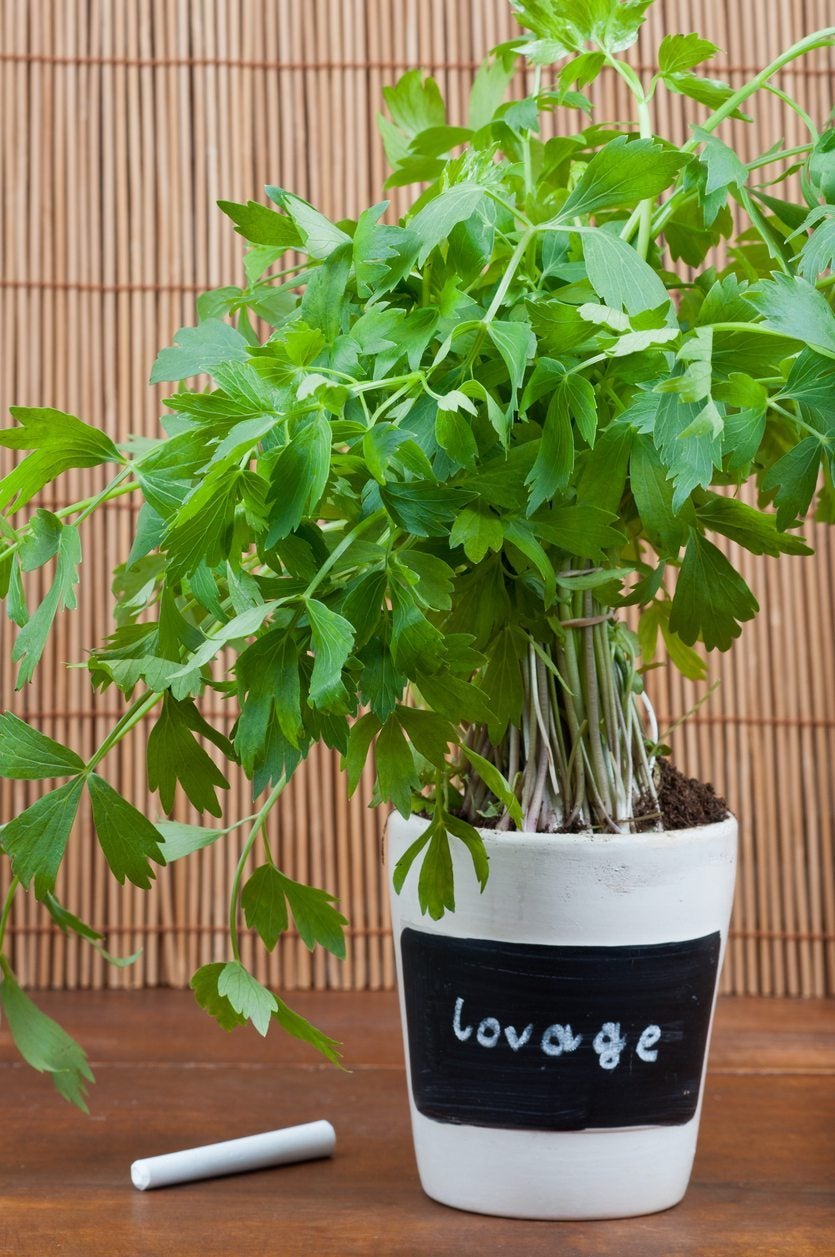 Potted Lovage Care: How To Grow Lovage In A Pot
Potted Lovage Care: How To Grow Lovage In A PotWhen you think about herbs, many instantly come to mind such as rosemary, thyme, and basil. But lovage? All of my other herbs are grown in pots, but can you grow lovage in pots too? Learn more about how to grow lovage in a pot by clicking this article.
By Shelley Pierce
-
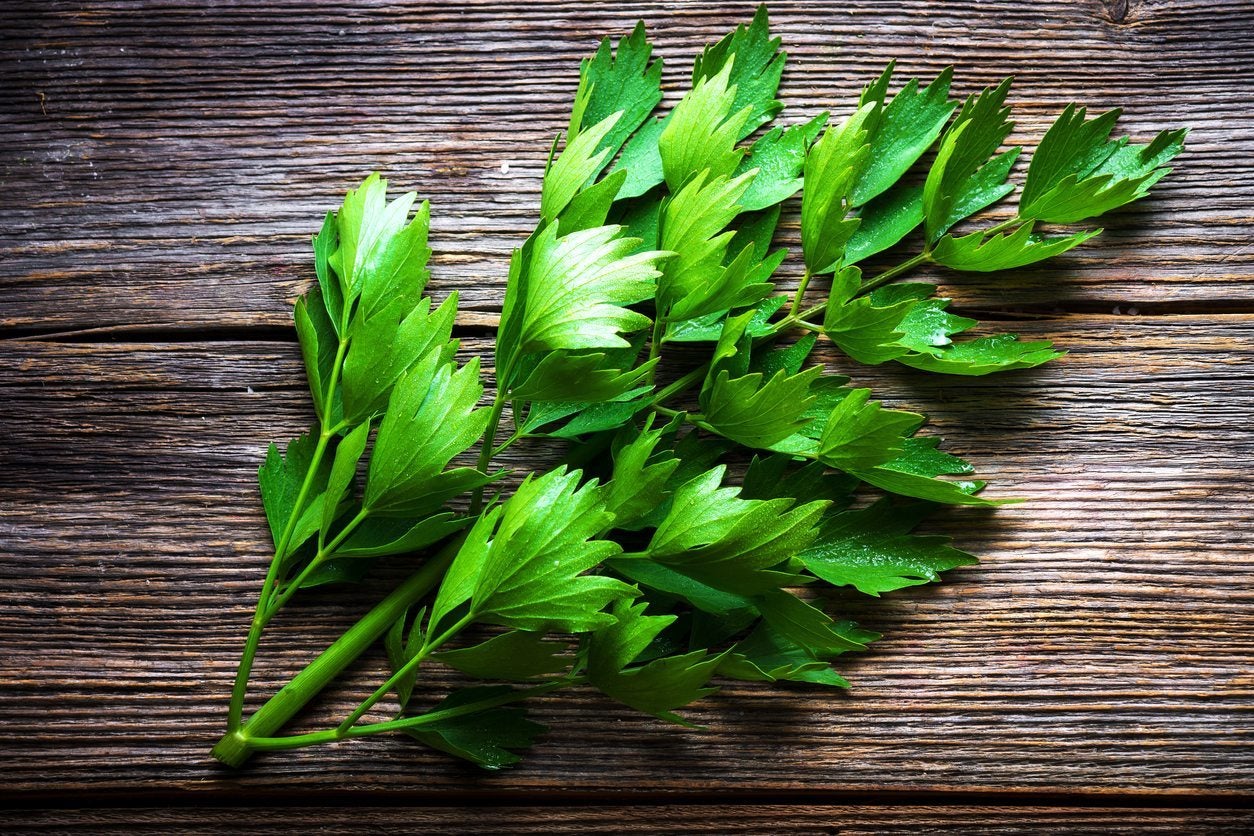 Lovage Herb Harvest – When To Pick Lovage Leaves
Lovage Herb Harvest – When To Pick Lovage LeavesPeople have been harvesting lovage for centuries for not only culinary but medicinal uses. If you're interested in picking lovage plants, click on the following article to find out how to harvest and when to pick lovage leaves.
By Amy Grant
-
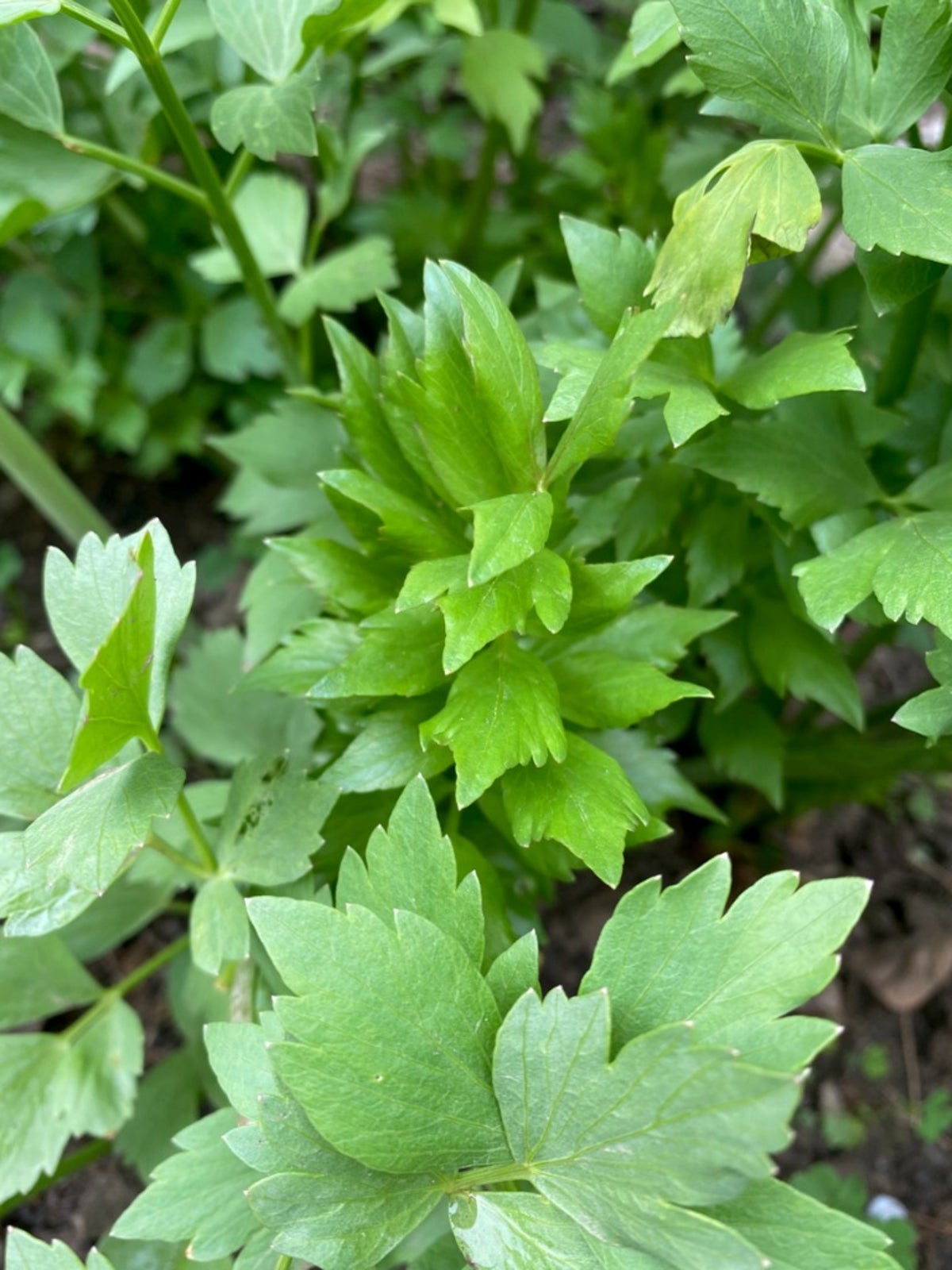 Lovage Plants In The Garden - Tips On Growing Lovage
Lovage Plants In The Garden - Tips On Growing LovageAll parts of the lovage herb are usable and delicious. The plant is used in any recipe that calls for parsley or celery. To get more information and learn how to grow lovage in the garden, read this article.
By Bonnie L. Grant